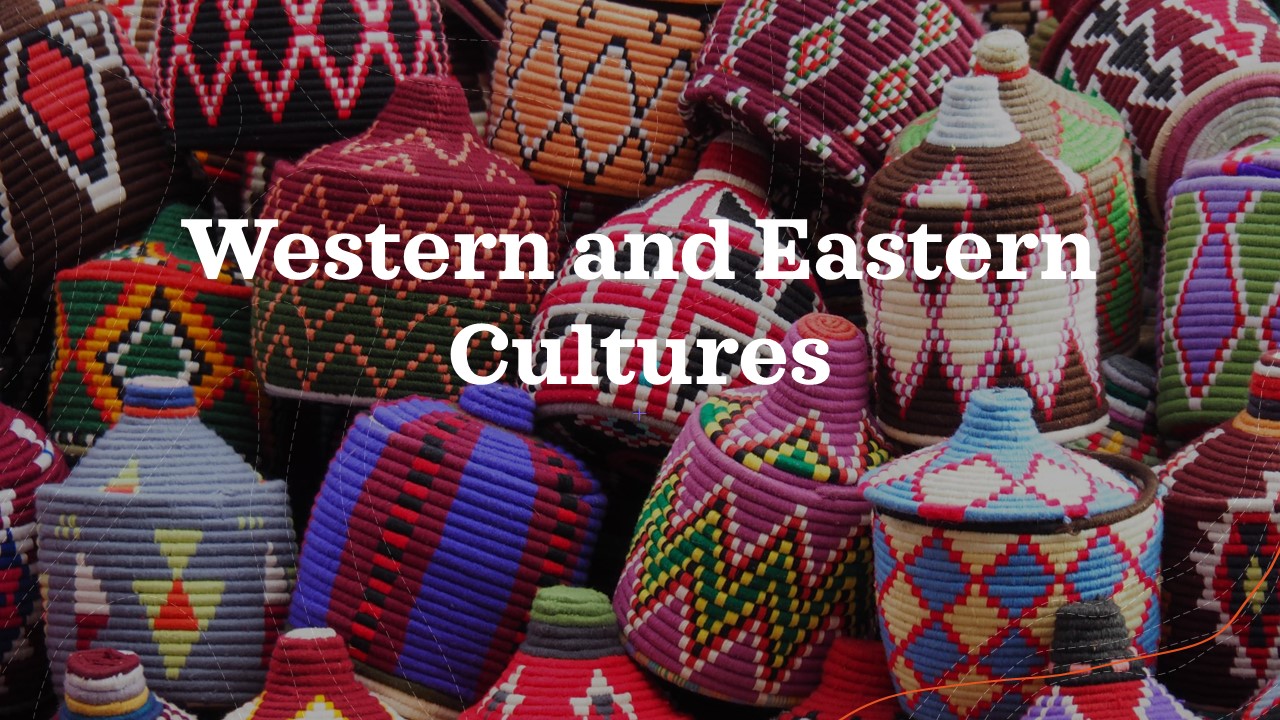The division between societies of Western and Eastern cultures is widespread in world scholarship and is most typical in cultural and cross-cultural studies. Why is it that this division, though quite simplistic, has become so popular among researchers?
The Tendency Towards Dichotomous Cognition
One reason is just a gnoseological one, and it comes from the philosophy of cognition. This is a reflection of the scholars’ tendency toward simplicity. The use of dichotomous and binary thinking is very convenient and easy to understand. A dichotomous view of the world seems natural: black and white; good and bad; right and left; pleasant and unpleasant, etc.
It is especially convenient for scholars. Such a division is often a valid assumption. The dichotomous division of the world into the West and East, into Western and Eastern cultures, is reasonable and applicable for research.
Western Cultures versus Eastern Cultures
The first questions are: (1) what is Western culture and (2) what is Eastern culture.
Over the years, Western scholars have attributed Western culture to the United States of America, Canada, and some western European countries. On the other hand, they attributed Eastern culture to China and Japan. Why so?
Modern scholarship in history has traditionally been of western origin—the place where most well-known scholars have resided. According to this scientific tradition, Western cultures have their origins in the ancient Greek and Roman cultures.
All other societies would be called “non-western cultures.” Later in history, scholars discovered China and Japan and found that their cultures were substantially different in many regards. They were located to the east of the west, where explorers lived. So, they called them the Eastern cultures. Eastern cultures presumably have their origins in the ancient Confucian and Buddhist cultures.
Such a division was simple and easy. The West is “we” and “us”—relatively understandable for us, Westerners, while the East is “they” and “them”—unknown and not well understandable for us Westerners. The dichotomy of in-group (West) versus out-group (East) worked very well for comparison.
Moreover, this comparison has been valid in many respects. Scholars, in their research, have identified many cultural differences between Western and Eastern societies.
The Differences in Philosophical Views between Western and Eastern Cultures
Epistemology (the Philosophy of Cognition)
In Western societies, linear folk epistemology is prevalent and culturally dominant. Western culture is characterized by dichotomous thinking. Logical beliefs admit the opposition of binary things, such as human emotions, being either positive or negative.
In Eastern societies, dialectical folk epistemology is prevalent and culturally dominant. Eastern cultures tend to have a holistic worldview and naturally accept changes. Dialectical beliefs admit the complementarity of opposite emotions and contradictions as they are.
Dualistic Versus Monistic Views of the World and Mental Life
Western and Eastern societies differ in their views on the relationship between mind and body as well as on the relationship between the heart (emotional part) and the mind (the rational part) of mental life. Their cultural beliefs follow either dualistic (in Western cultures) or monistic (in Eastern cultures) models of mental life. Those models reflect the human experience of emotions.
Dualistic views are characteristic of Western culture. According to this view, the mind and body are in dualistic relationships, and the mind (rational) and the heart (emotional) are in a dichotomous relationship with each other. People can rely more on their reasoning (mind) or on their emotions (heart). People guided by their hearts are those guided by their emotions rather than their reasoning.
Eastern cultures are characterized by a monistic view. According to this view, the mind and body are in monistic and wholistic relations, and the mind (rational) and heart (emotional) are not dichotomous with each other. Eastern cultural beliefs integrate the rational and emotional parts of mental life.
(See Karandashev, 2021a for a more in-depth discussion of these distinctions.)
